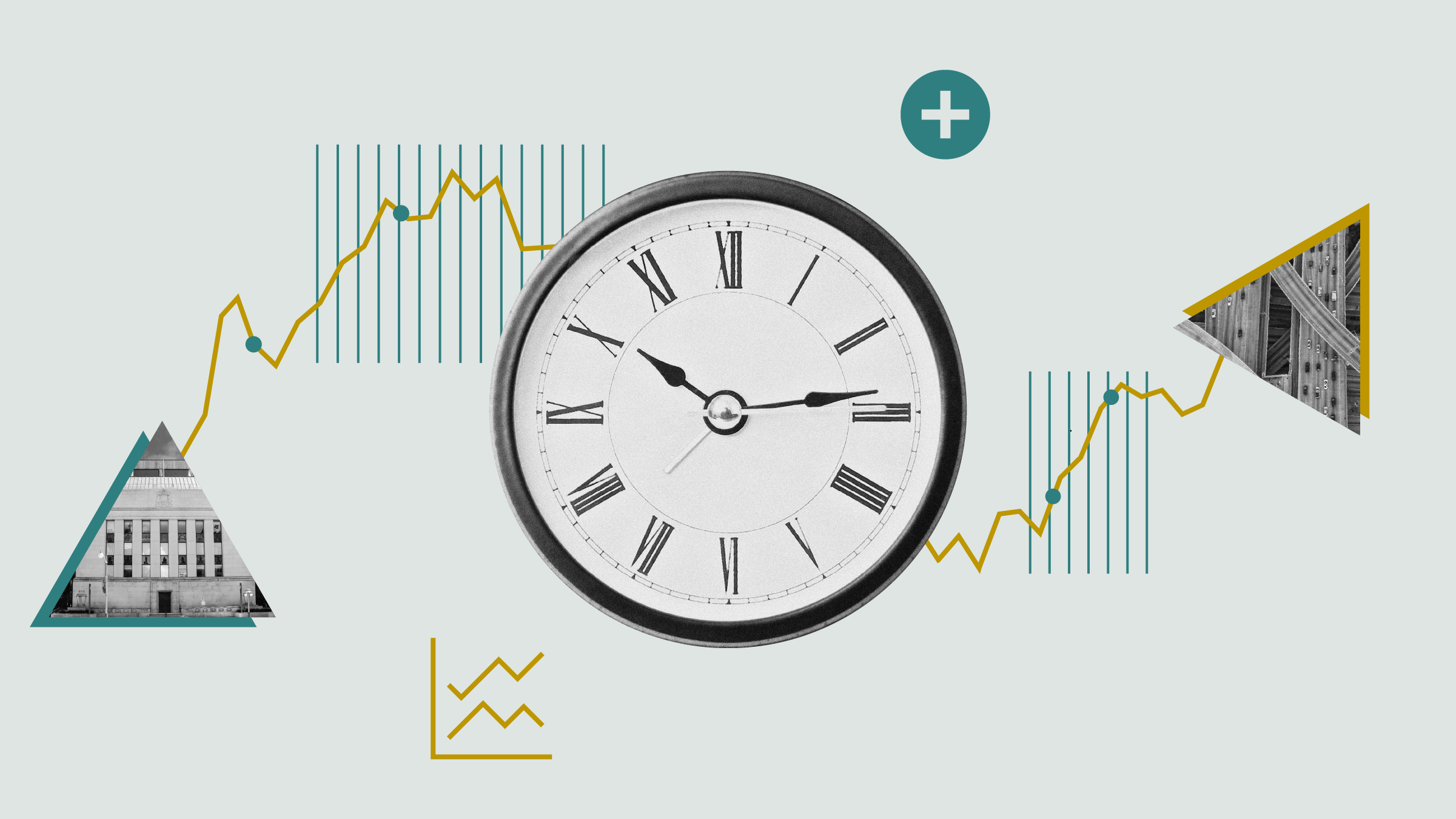It was no surprise that the 2015 federal budget included a proposal to reduce registered retirement income fund minimum withdrawal rates. Many commentators have been pushing for more flexibility, and indeed I've been harping for less restrictive withdrawal rates in several columns over the years (you can read some of them here, here and here). My view is that the proposed changes, while welcome, don't go far enough.
Specifically, they don't fully recognize how low interest rates really are, the volatility of stock markets and that people are working and living longer. As anyone with aging relatives knows, there are costs associated with aging that aren't covered by government health care programs. From a public policy standpoint, it would make sense to let individuals keep more funds fully sheltered beyond age 71 for those inevitable rainy days. Eventually, those assets will be withdrawn from RRIFs and taxed.
Assuming this budget proposal is passed, someone who was 71 at the beginning of the year will be required to withdraw a minimum of 5.28% of the amount in his or her plan, compared with 7.38% under the current rules. At age 93, the proposed withdrawal factor will be 16.34% instead of 17.92%, and at age 94 the number will be 18.79% down from 20% currently. For 95 and beyond the withdrawal factor will be 20% annually.
The budget documents include a table titled Capital Preserved Under the RRIF Factors that shows the pace at which a hypothetical $100,000 RRIF account would be depleted over time under both the current and proposed rules. In percentage terms, the table shows significant increases in the amount of money remaining in a RRIF under the proposed factors.
 |
Nevertheless, the new withdrawal factors are based on return and inflation assumptions that may prove no more accurate than the federal government's recent expectations of future oil prices. So how much better the new withdrawal rates will be will depend on what you invest in and the performance of various markets.
Current RRIF withdrawal rates were put in place two decades ago when interest rates were much higher and were based on an assumed 7% nominal rate of return on RRIF assets and inflation indexing of 1% annually -- assumptions that did not hold up. The budget's proposed withdrawal factors are based on a 5% nominal rate of return and 2% indexing, which the budget documents say are "more consistent with long-term historical real rates of return on a portfolio of investments and expected inflation."
But in my opinion, the proposed withdrawal factors are still too high compared to current interest rates. Conservative investors (no pun intended) who are worried about the stock market and want guaranteed interest are unlikely to see a 5% return over the near term. In fact, most institutions pay less than 2% annually on five-year non-redeemable GICs. Also, anyone invested in the stock market is or should be aware that the S&P/TSX Composite Index lost 35% of its value in 2008. Markets historically have bounced back, but if you are forced to withdraw a specific amount when the markets are down, you will have less left in the pot for recovery and less outside your plan for reinvestment in your TFSA or elsewhere because the withdrawal was taxable as income. Also, the new withdrawal rates -- notably the 20% withdrawal factor for age 95 and beyond -- don't recognize improvements in longevity.
I would hope that some future government will give retirees the flexibility to withdraw only what they need, and if longevity runs in the family, the ability to minimize withdrawals. What Finance Minister Joe Oliver could do now is give seniors a few more years beyond age 71 to keep funds fully sheltered in retirement plans.
As I've pointed out in past columns, the only way to make your RRIF last a very long time is to have a much younger spouse. Under such circumstance, the rules allow RRIF minimum withdrawal rates to be based on the younger spouse's age rather than the age of the owner of the RRIF. If the spouse is younger than age 71, the minimum is based on the number of years to age 90. So if the younger spouse is 60 years of age and the owner of the plan is 71, the minimum withdrawal in the first year is 1 divided by 30, or 3.33%, for that 71-year-old, not 5.28%. My recommendation to Mr. Oliver is to level the playing field for seniors who are single, divorced, widowed or have spouses the same age and give them the same ability for reduced minimum withdrawals.
I once held the view that once someone retired he or she didn't require as much income because work-related expenses such as clothing and transportation would no longer exist. That's still the case in the early years of retirement. What becomes apparent at some age is that seniors have to hire people to do the things they can no longer do such as snow shoveling or lawn maintenance. There are also medical-related expenses that aren't covered under provincial plans. Add in the cost of part-time or full-time help and you quickly get a better appreciation for the need to have money for those higher expenses in your 90s.















